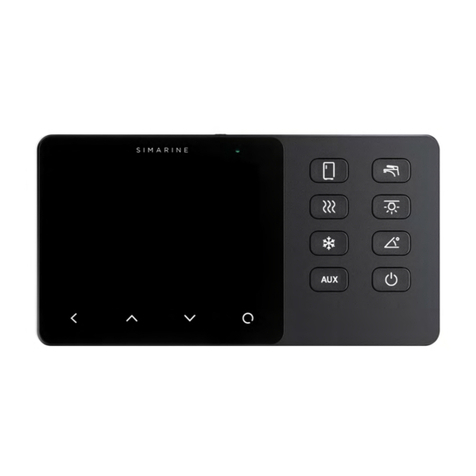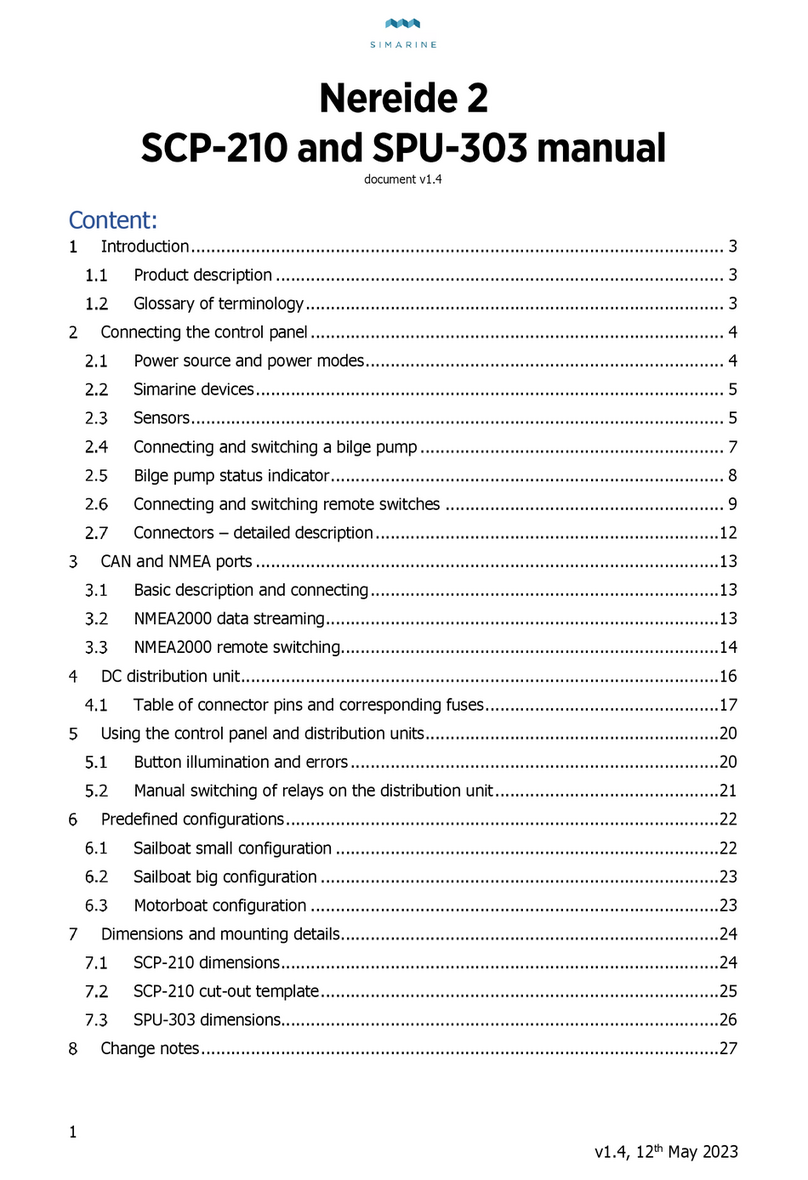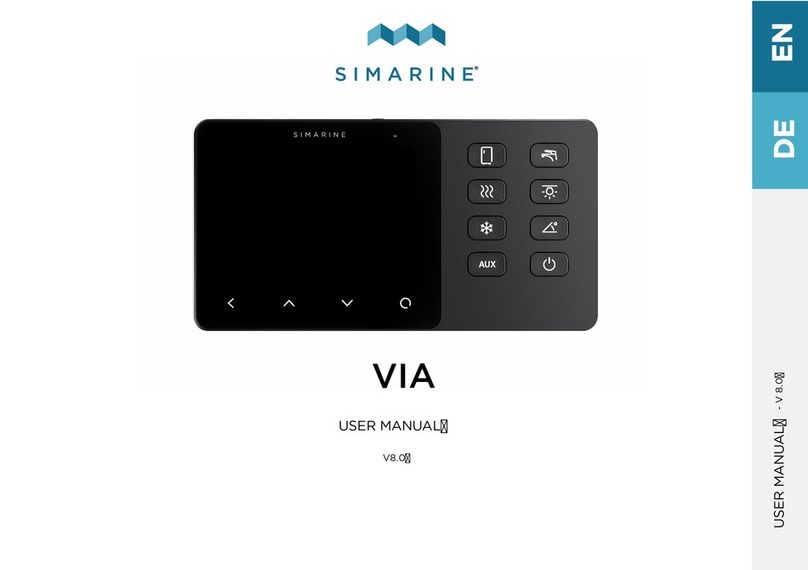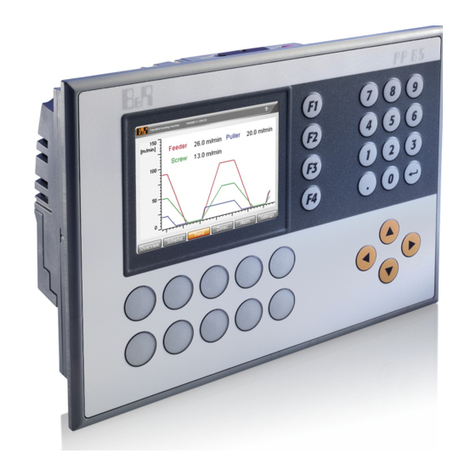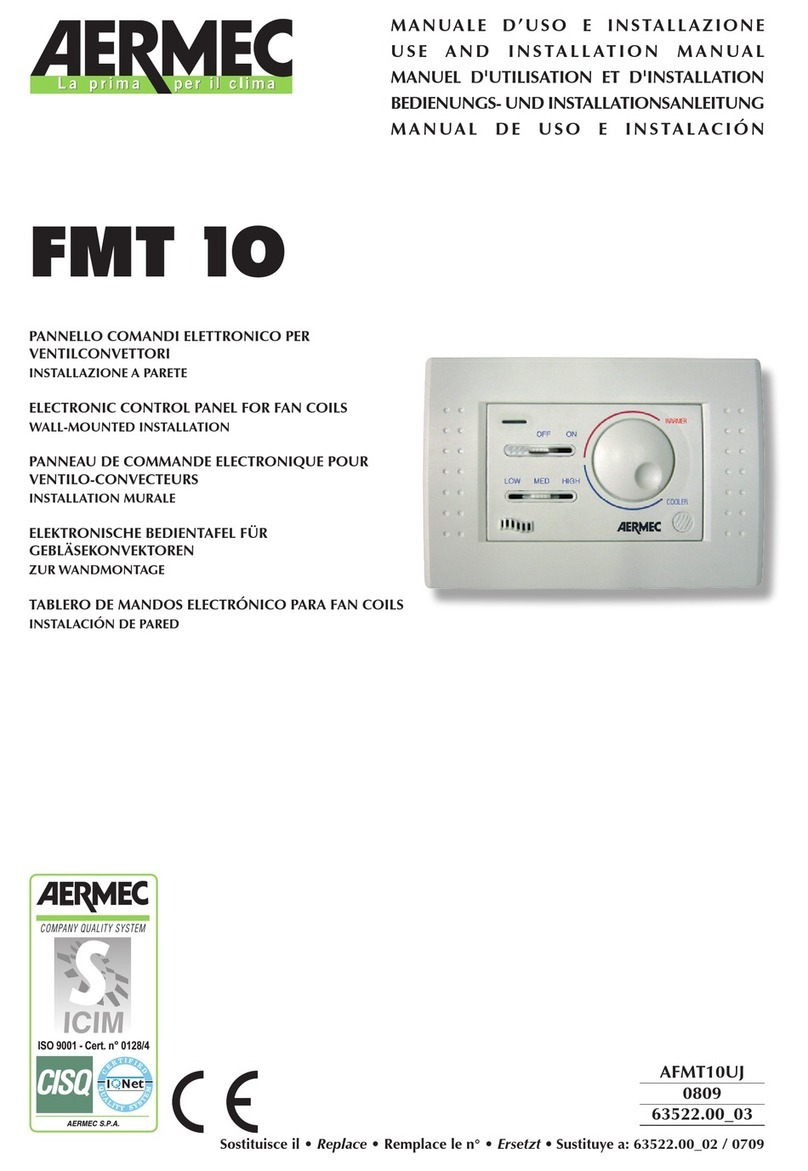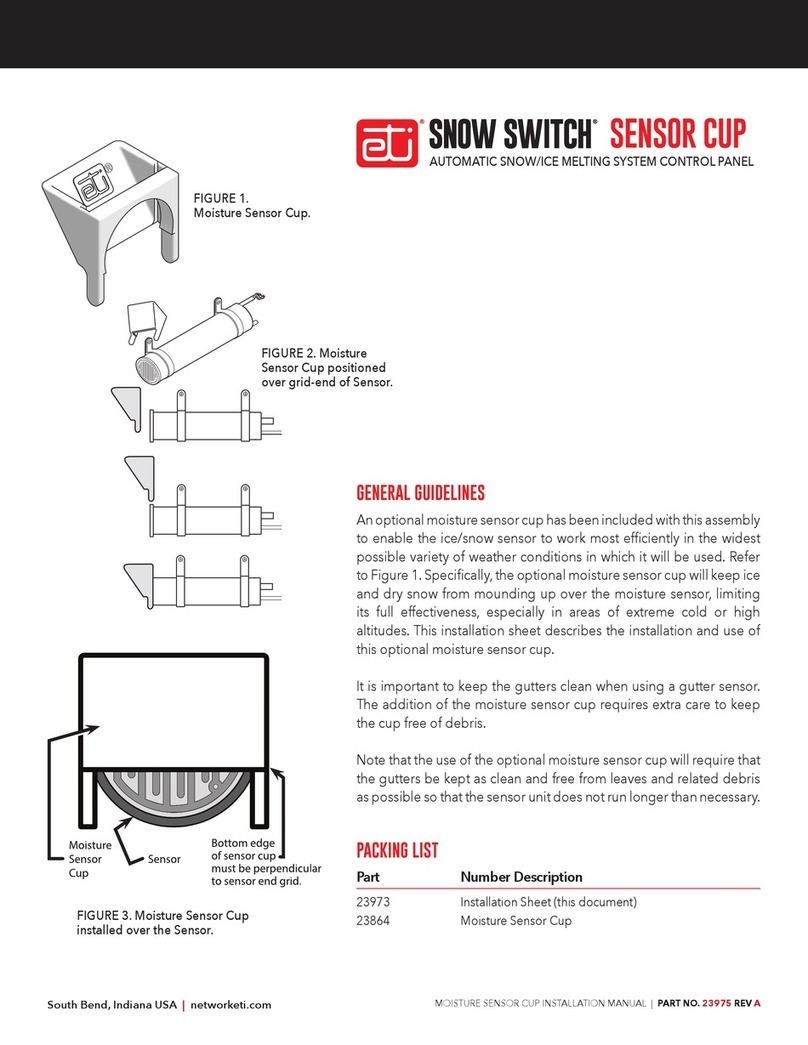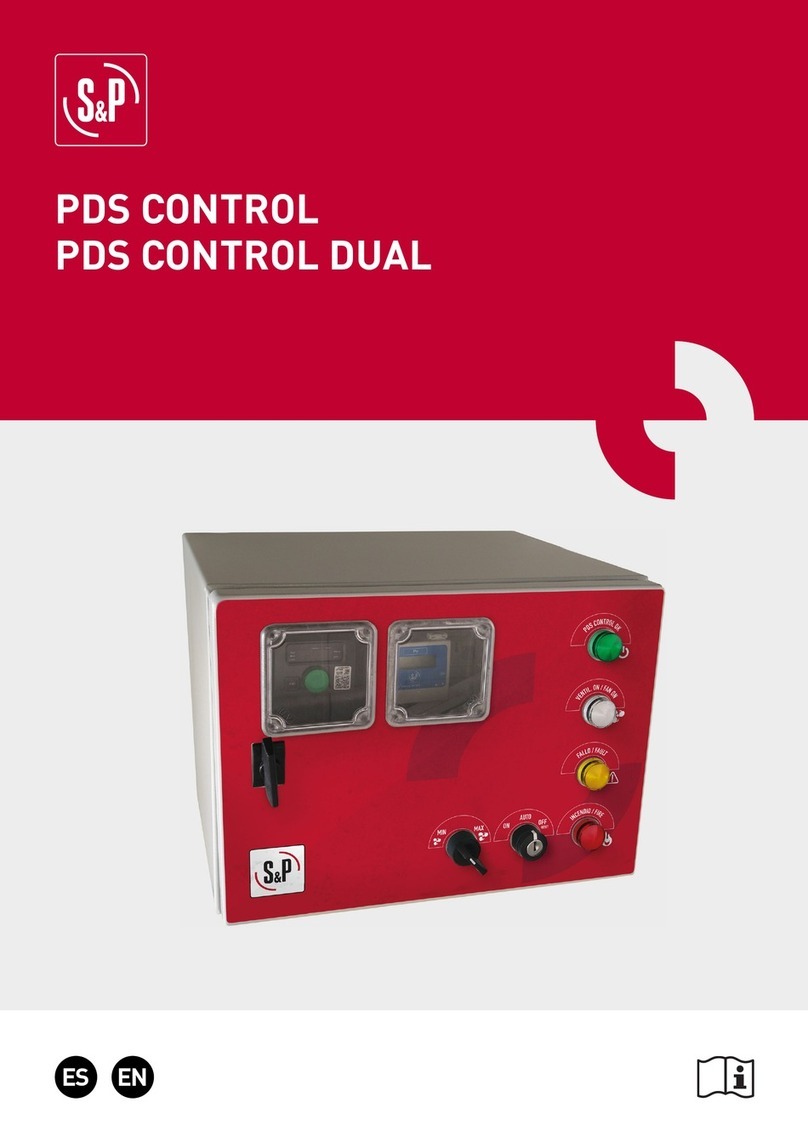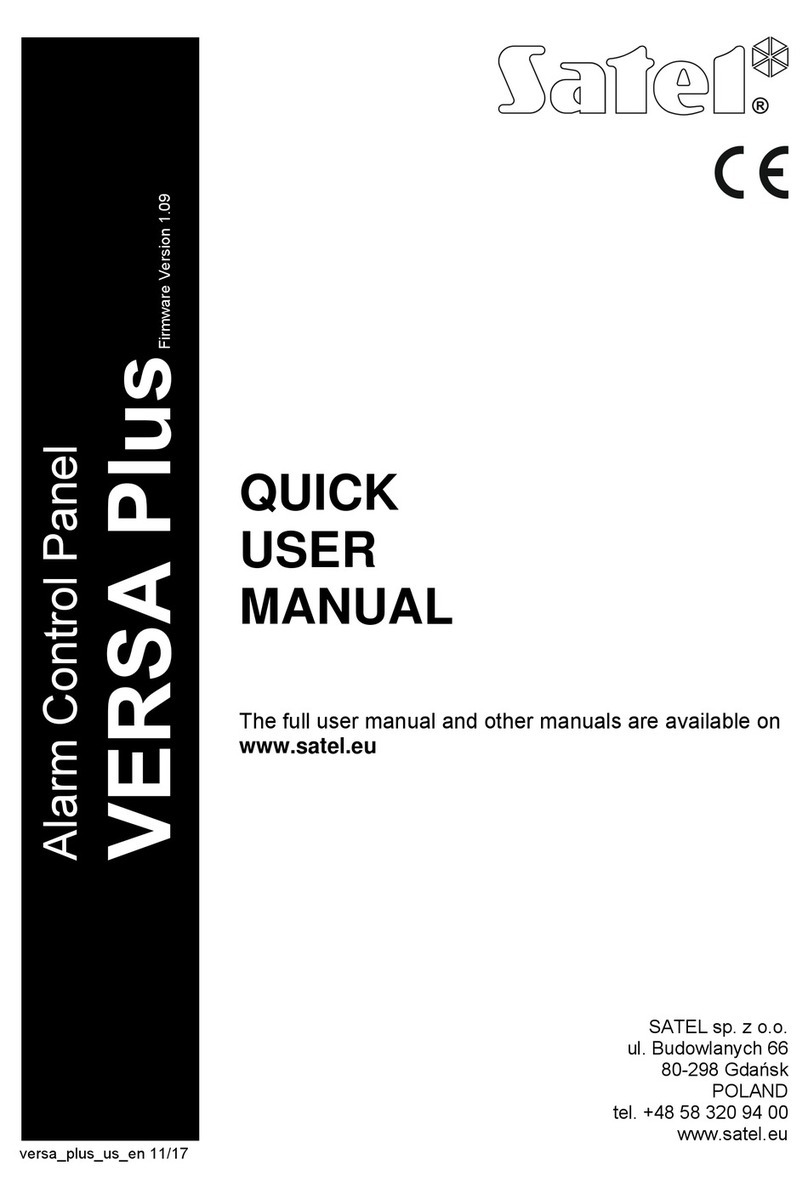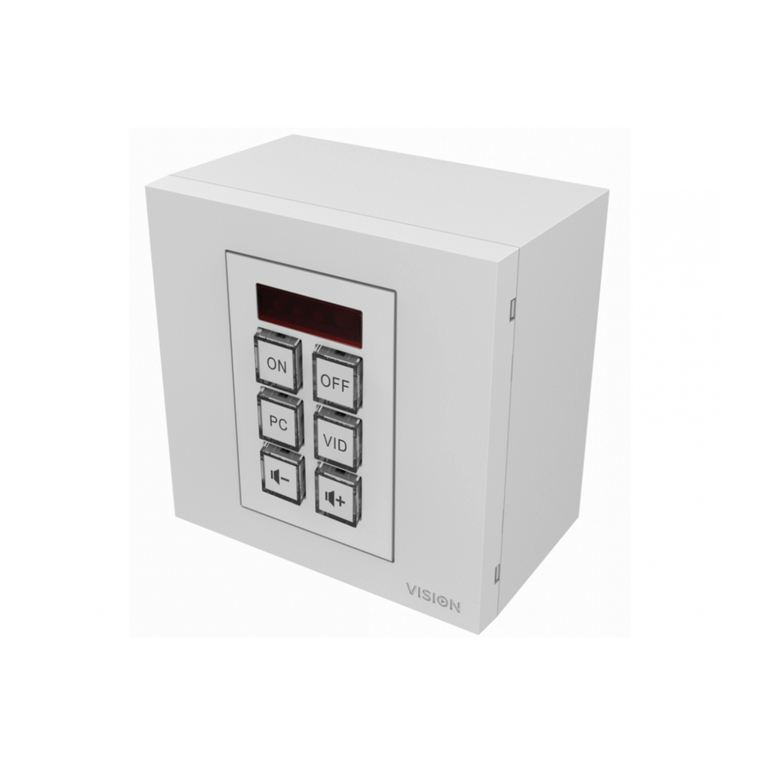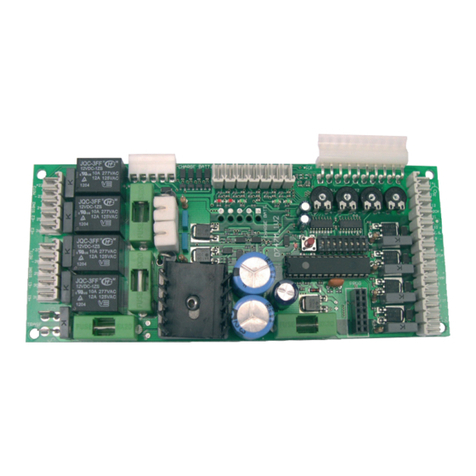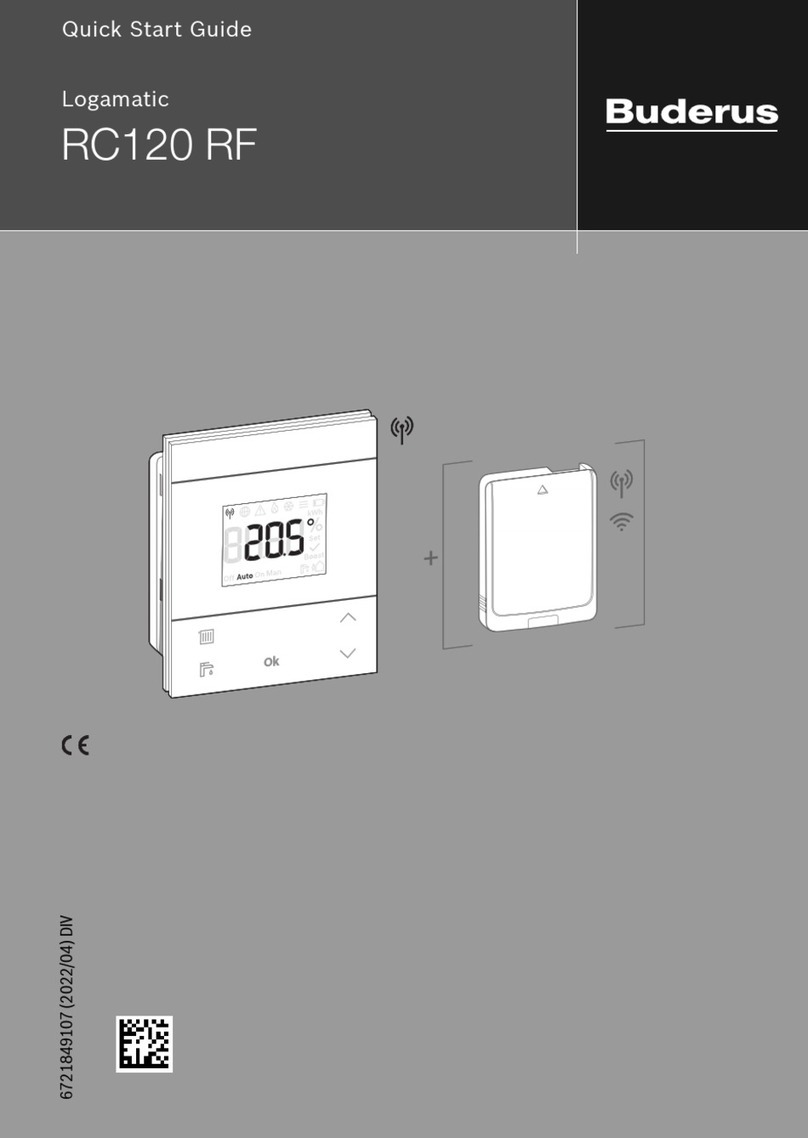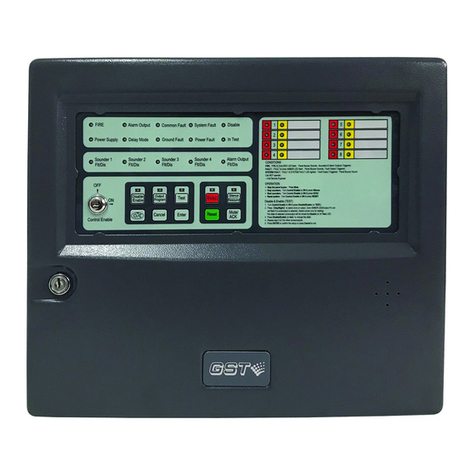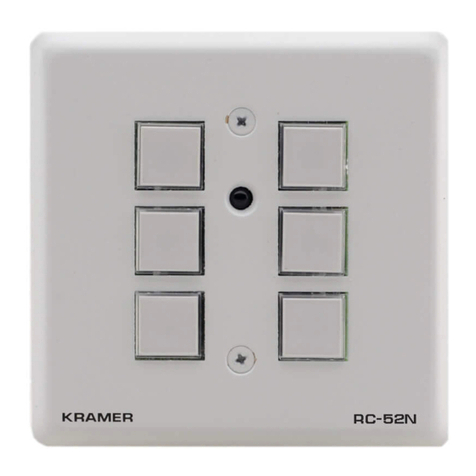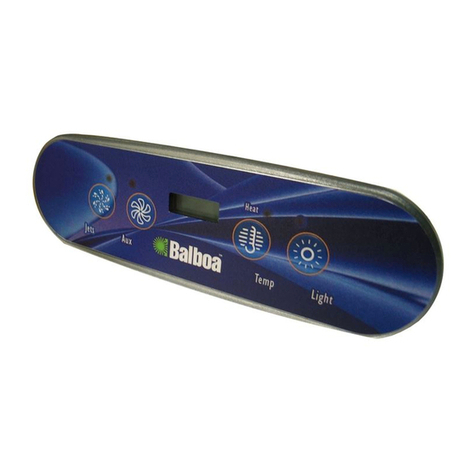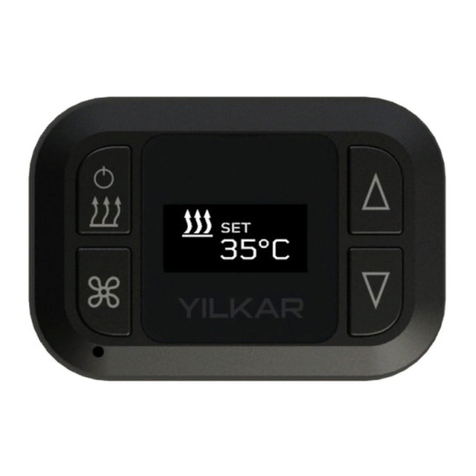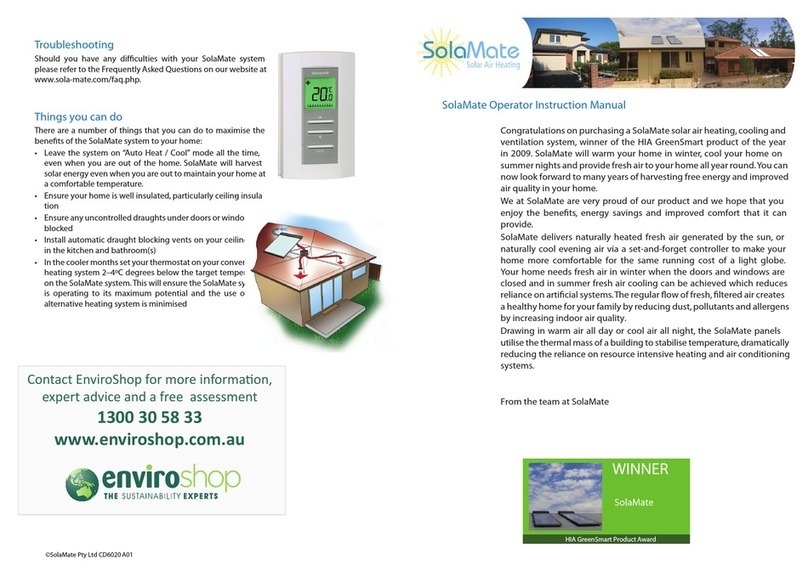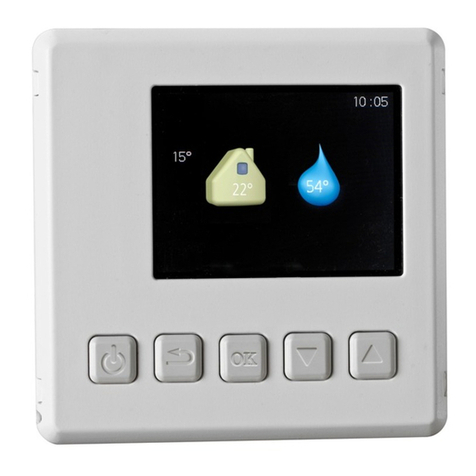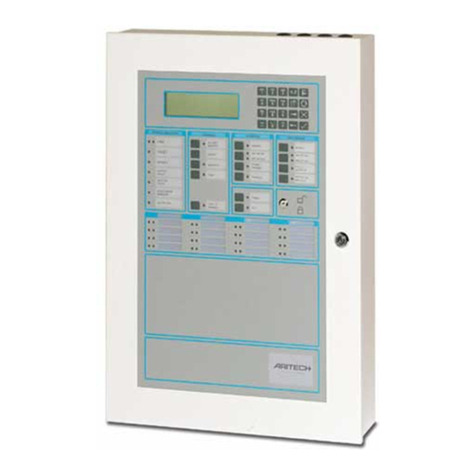SIMARINE PICO User manual

V8.0
USER MANUAL
S I M A R I N E ®
PICO
USER MANUAL - V 8.0 EN

All rights reserved. No parts of this work may be reproduced in any form or by any means - graphic, electronic, or mechanical,
including photocopying, recording, taping, or information storage and retrieval systems - without the written permission of the
publisher.
Products that are referred to in this document may be either trademarks and/or registered trademarks of the respective owners.
The publisher and the author make no claim to these trademarks.
While every precaution has been taken in the preparation of this document, the publisher and the author assume no responsibility
for errors or omissions, or for damages resulting from the use of information contained in this document or from the use of
programs and source code that may accompany it. In no event shall the publisher and the author be liable for any loss of profit or
any other commercial damage caused or alleged to have been caused directly or indirectly by this document.
PICO
© 2023 SIMARINE
EN
EN
PICO

EN
12. Technical specifications
3
Technical specifications
12
.
Introduction .............................................................................................................................. 7
1.
1.1 About ....................................................................................................................................................................................................... 8
Accessories ............................................................................................................................... 92.
Safety ..................................................................................................................................... 113.
Declaration of conformity ......................................................................................................... 134.
Installation .............................................................................................................................. 15
5.
5.1 PICO Mounting ...................................................................................................................................................................................... 16
5.1.1 PICO Standalone ............................................................................................................................................................................ 17
5.1.2 PICO Panel-mount .......................................................................................................................................................................... 18
5.2 Connecting ............................................................................................................................................................................................. 19
5.2.1 Connecting different shunts .......................................................................................................................................................... 19
Basic Setup .............................................................................................................................. 21
6.
6.1 Voltmeters ............................................................................................................................................................................................. 22
6.2 Ohmeters ............................................................................................................................................................................................... 22
6.3 Settings Screen ...................................................................................................................................................................................... 23
6.4 Start screen after first connection ........................................................................................................................................................ 24
6.5 Battery configuration ............................................................................................................................................................................ 25
6.5.1 Adding a new battery ..................................................................................................................................................................... 25

EN
6. Basic Setup
4
Basic Setup
6.
6.5.2 Advanced settings .......................................................................................................................................................................... 27
6.6 Tank configuration ................................................................................................................................................................................ 29
6.6.1 Adding a new tank ......................................................................................................................................................................... 29
6.7 Temperature sensor configuration ...................................................................................................................................................... 31
6.7.1 Adding a temperature sensor ........................................................................................................................................................ 31
6.8 Inclinometer configuration ................................................................................................................................................................... 31
6.8.1 Adding a new inclinometer ............................................................................................................................................................ 32
6.9 User sensor configuration .................................................................................................................................................................... 32
6.9.1 Adding a new user sensor .............................................................................................................................................................. 33
6.10 Current sensors configuration .............................................................................................................................................................. 33
6.10.1 Current sensors .............................................................................................................................................................................. 33
Screens ................................................................................................................................... 377.
7.1 Batteries screen ..................................................................................................................................................................................... 38
7.2 Tanks screen .......................................................................................................................................................................................... 39
7.3 Temperatures screen ............................................................................................................................................................................ 40
7.4 Barograph screen .................................................................................................................................................................................. 41
7.5 Inclinometers screen ............................................................................................................................................................................. 42
7.6 User Sensors Screen .............................................................................................................................................................................. 43
7.7 Alarms screen ........................................................................................................................................................................................ 44
Device configuration ................................................................................................................ 45
8.

EN
8. Device configuration
5
Device configuration
8.
8.1 General settings ..................................................................................................................................................................................... 46
8.1.1 Screen ............................................................................................................................................................................................. 46
8.1.2 Device ............................................................................................................................................................................................. 47
8.1.3 Language ........................................................................................................................................................................................ 47
8.1.4 Units ............................................................................................................................................................................................... 47
8.2 Data management ................................................................................................................................................................................. 48
8.3 Devices ................................................................................................................................................................................................... 49
8.3.1 Batteries ......................................................................................................................................................................................... 49
8.3.2 Tanks .............................................................................................................................................................................................. 50
8.3.3 Temperature sensors ..................................................................................................................................................................... 50
8.3.4 Coulomb counter ........................................................................................................................................................................... 50
8.3.5 Inclinometer ................................................................................................................................................................................... 51
8.3.6 User sensors .................................................................................................................................................................................... 51
8.4 WI-FI ....................................................................................................................................................................................................... 51
8.4.1 AP Mode ......................................................................................................................................................................................... 52
8.4.2 STA Mode ....................................................................................................................................................................................... 53
8.5 Date and time ........................................................................................................................................................................................ 54
8.6 System .................................................................................................................................................................................................... 55
8.7 Service .................................................................................................................................................................................................... 55
Mobile application ................................................................................................................... 57
9.
Save and restore settings ......................................................................................................... 59
10.

EN
11. Firmware upgrade
6
Firmware upgrade
11
.
Firmware upgrade ................................................................................................................... 6111.
Technical specifications ............................................................................................................ 63
12.

Introduction
1

EN
1. Introduction
8
Introduction
1.
1. Introduction
Congratulations on your purchase of the PICO Battery Monitor.
Simarine developed a state of the art DC Battery monitor. PICO is a water and dust resistant device used to monitor DC
power sources as batteries and solar panels. The information is displayed on a large 3,5” high resolution IPS display with
Gorilla® Glass and anti-reflective coating to ensure superior visibility.
PICO is capable of monitoring up to 6 batteries (battery banks), 14 tanks, 14 temperatures and 20 independent current
sensors (shunts).
PICO is equipped with a Wi-Fi module to communicate with the Simarine application available for Android™ and
iPhone® smartphones. The app allows accessing live data, analyzing historical data, configuring PICO and perform a
firmware upgrade of PICO.
1.1 About
In this manual we will show you how to install the PICO and configure the settings.
You will find more information on other shunts, modules installations, devices, on the website: https://simarine.net/manuals

Accessories
2

EN
2. Accessories
10
Accessories
2.
2. Accessories
PICO is compatible with the following SIMARINE modules:
·
SC303 Digital Shunt – 300A Shunt, for up to 75V systems.
·
SC503 Digital Shunt – 500A Shunt, for up to 75V systems.
·
SDI01 Inclinometer – High-resolution digital inclinometer for pitch and roll with manual calibration.
·
SCQ25 Quadro Digital Shunt Module – 4x25A Shunt, for 12V and 24V systems
·
SCQ50 Quadro Digital Shunt Module – 4x50A Shunt, for 12V and 24V systems.
·
SCQ25T Quadro Digital Shunt and Analog input module 4x25A Shunt and Analog input module with 4 resistance and 3
voltage inputs.
·
ST107 Analog input interface module with 4 resistance and 3 voltage Inputs.

Safety
3

EN
3. Safety
12
Safety
3.
3. Safety
Electrical specialists with proper safety equipment should make installation of Simarine electronics. When working with
batteries, you should wear protective clothing and eye protection.
CAUTION: Batteries contain acid, a corrosive, colorless liquid that will burn your eyes, skin, and clothing. Should the acid
come in contact with eyes, skin or clothing, wash it immediately with soap under fresh water for at least 15 minutes, and seek
medical support immediately.
CAUTION: Do NOT connect anything to a damaged battery. It could heat up, catch fire or explode.
CAUTION: Lead-acid batteries can generate explosive gases during operation. Never smoke, allow flames or sparks near the
battery. Make sure to keep sufficient ventilation around the battery.
CAUTION: When working with a battery, remove all personal metal items like watches, rings, necklaces, and bracelets. Metal
items in contact with the battery terminals might cause a short circuit with a very high electric current, which may heat up
and melt nearby objects and cause severe burns.

Declaration of conformity
4

EN
4. Declaration of conformity
14
Declaration of conformity
4.
4. Declaration of conformity
MANUFACTURER:
SIMARINE d.o.o.
ADDRESS: Ulica škofa Maksimilijana Držecnika 6, SI-2000 Maribor, Slovenia, EU
Declares that the following product:
PRODUCT TYPE: PICO
Conforms to the requirements of the following Directives of the European Union:
EMC Directive 2014/30EU, RoHS Directive 2002/95/EC
The above product conforms with the following harmonized
standards: EN61000-6-3: 2001 EMC - Generic Emissions Standard,
EN61000-6-2: 2005 EMC Generic Immunity Standard

Installation
5

EN
5. Installation
16
Installation
5.
5. Installation
5.1 PICO Mounting
PICO should be installed in a visible place to provide good readability.
Please note that ONLY the PICO display unit is water and dust resistant! Any other
modules including splitter shouldn't expose to high humidity or liquids in any case.
The mounting process and installation cutouts depend on the model, as
described in following sections.

EN
5. Installation
17
Installation
5.
5.1.1 PICO Standalone
PICO Standalone version has dimensions of 98 x 84 x 10 mm (3.85 x 3.30 x 0.39 in)
and needs NO installation cutout.
The mounting process requires drilling of 6 mounting holes and access to the rear
of the mounting surface. In case you have NO rear access, you can bond it using
supplied double sided tape.
1. Before drilling, check if there is enough space to mount your PICO.
2. Mark mounting holes using the supplied installation template.
3. Drill all holes.
4.
Connect the connector on the back side of PICO to the splitter cable (be sure to align the pins correctly) and
fasten it by turning the safety ring clockwise.
5. Finish mounting the PICO from the back side with the supplied threaded rod and nuts. Screws, rods and
nuts MUST be fastened by hand. Excessive force may damage the threads on PICO.

EN
5. Installation
18
Installation
5.
5.1.2 PICO Panel-mount
PICO Panel-mount version dimensions are 108.5 x 94 x 10 mm (4.27 x 3.70 x 0.39 in). It needs an installation cutout of 98 x
83mm. It can be mounted with supplied threaded rods and brackets or bonded with adhesive if there is no rear access to the
mounting surface.
1. Before cutting out, check if there is enough space for your PICO.
2. Mark the cutout line with the supplied installation template.
3. Using a saw, carefully cut out the marked area.
4. Connect the connector on the back side of PICO to the splitter cable (be sure to align the pins correctly)
and fasten it by turning the safety ring clockwise.
5. Finish mounting the PICO from the back side with the supplied threaded rod and nuts. Screws, rods and
nuts MUST be fastened by hand. Excessive force may damage the threads on PICO.

EN
5. Installation
19
Installation
5.
5.2 Connecting
SiCOM data cable - For the SiCOM connection use the supplied cable. If not possible, use the following table to determinate
the right cable type.
Cable length
Cable type
< 5m
No limitations
>= 5m
2 x 2 x 0.25mm2 Twisted pair (recommended)
PICO connects to the SiCOM bus via attached Splitter, which is a SiCOM bus entry point for other devices and the power
connection. Splitter must connect to the power source (6-35V) with the red/black cable. It is recommended to connect the
power cable behind the main switch, so you can power off the complete system, although the total power consumption of
the system is very low (usually <100mA at normal operation).
5.2.1 Connecting different shunts
You can find the information of all the latest Simarine Digital shunts / modules on the website:
https://www.simarine.net/manuals
For 12V and 24V systems you can wire your shunts on either the positive or the negative side of the system. For higher
voltages (above 35V), wiring to the negative side is mandatory.

Basic Setup
6
Other manuals for PICO
3
Table of contents
Other SIMARINE Control Panel manuals
